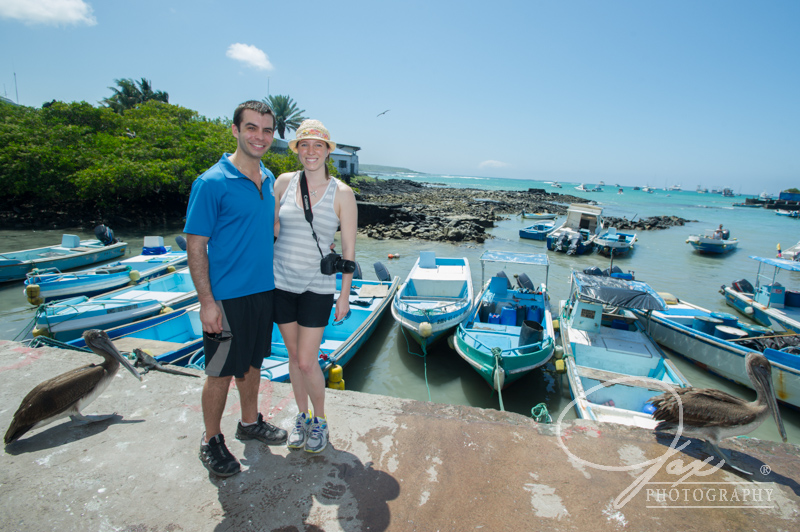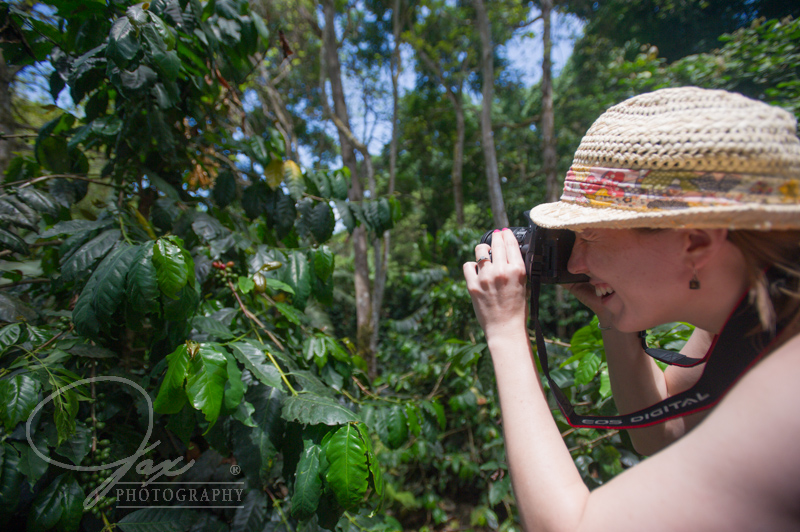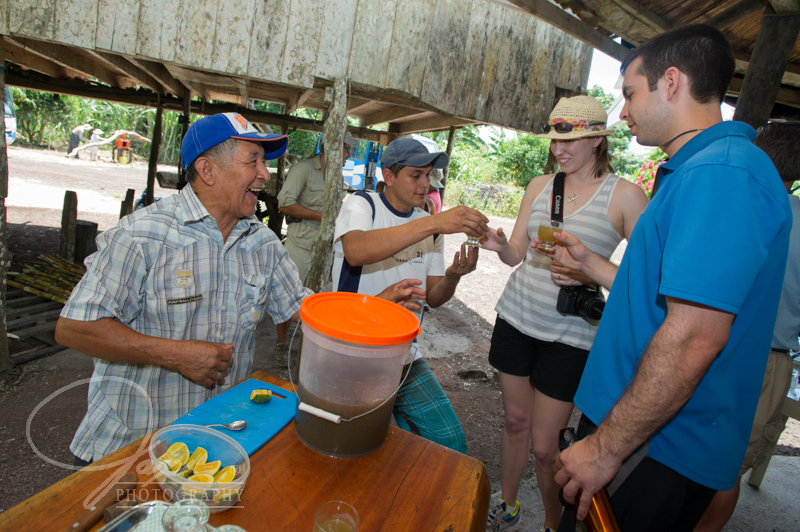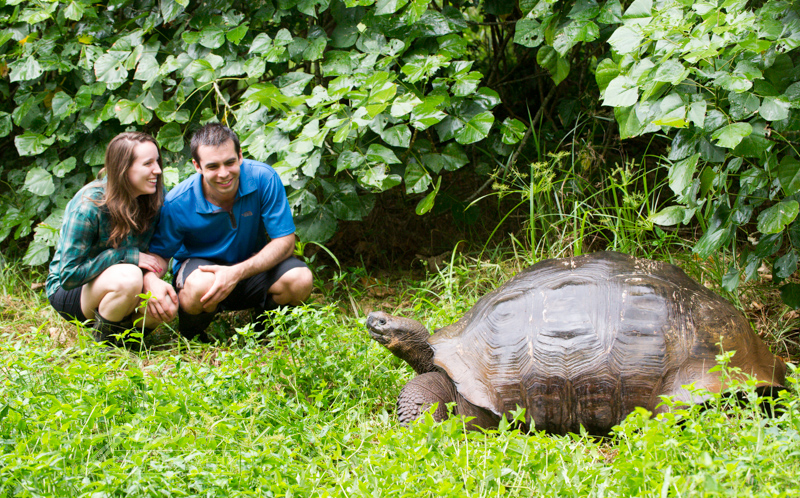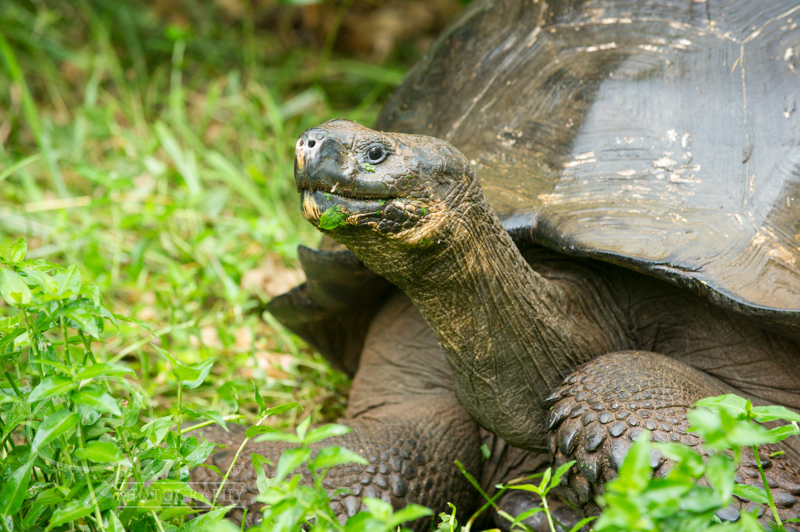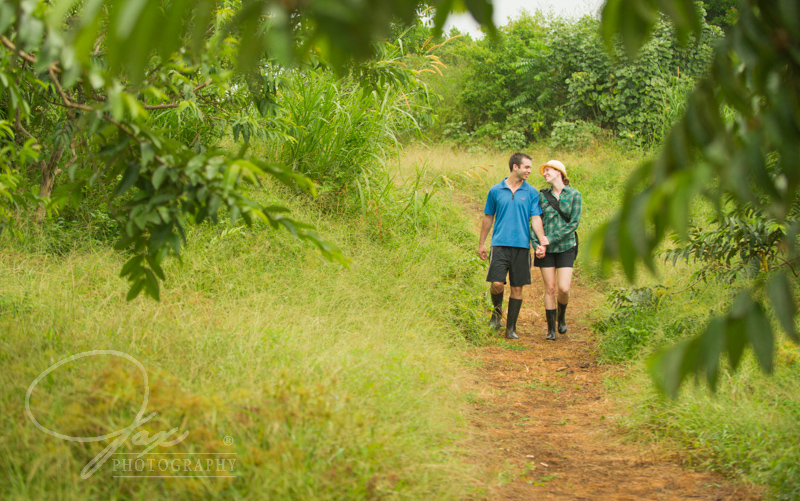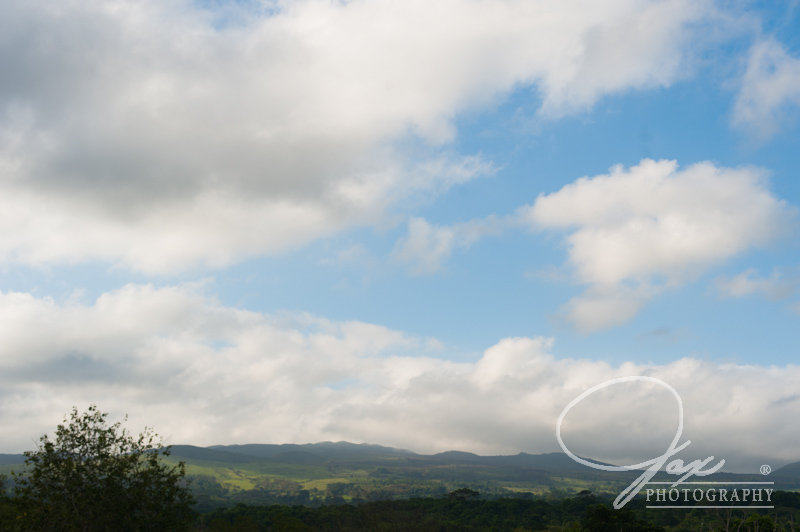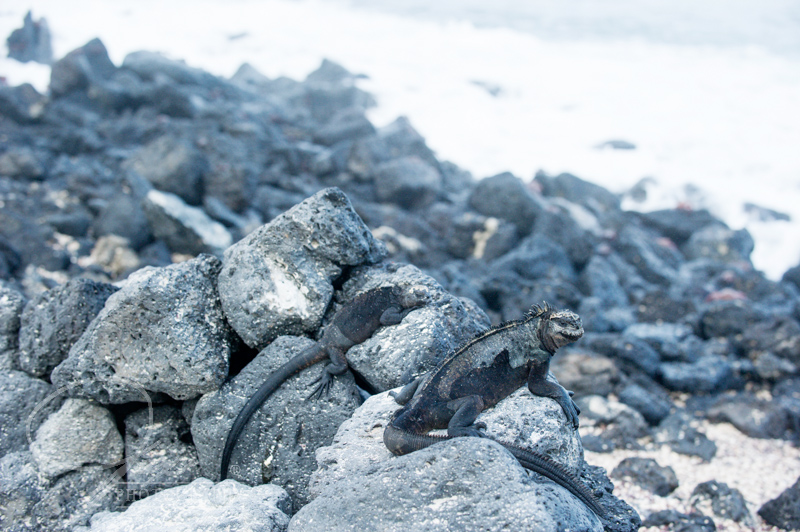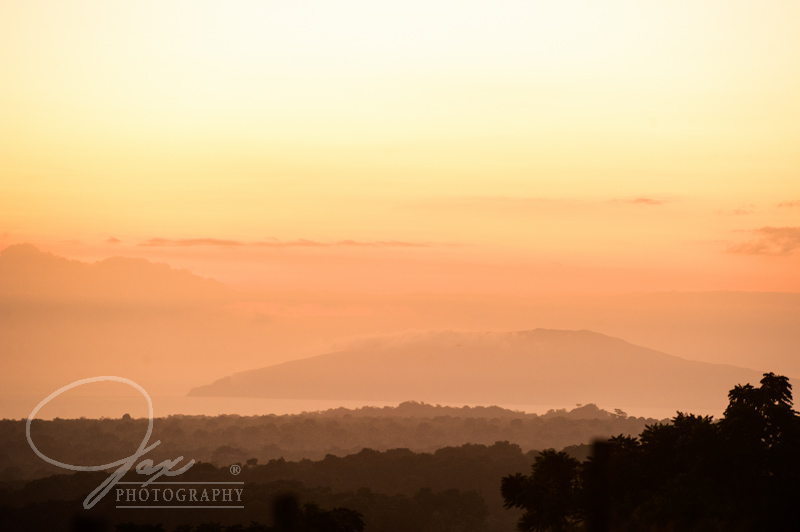Galapagos Islands Engagement Photography Session, continued!
Located just off the coast of Ecuador, and just over the equator into the southern hemisphere (in between 0 and 1 degrees latitude!) are the Galapagos Islands. Santa Cruz Island definitely ranks as one of the most exotic locations that we’ve ever been invited along with a couple to shoot in. Brian and Krista, who have their June wedding date booked with us back in Maryland, have been wonderful hosts, and our time with them here has been nothing short of magical.
Some other things about the Galapagos?
From its volcanic formation over 15 million years ago to its current status as a renowned scientific destination, the Galapagos Islands have an incredible and fascinating history. Learn about the unique creatures and ecosystems that make up the archipelago, and how it has evolved over time to become a popular tourist destination.
Geography of the Galapagos Islands
Situated in the Pacific Ocean around 600 miles off the coast of Ecuador, the Galapagos Islands consists of 17 different islands. Spanning an area of 3,082 square miles, the Galapagos Islands are volcanic in origin, making them largely barren and inhospitable. The tropical climate, along with its surrounding ocean current, makes it one of the most diverse ecosystems in the world.
The archipelago’s unique topography includes rugged mountain ranges, deep gorges, and wide craters. There are several dormant volcanoes that have impacted the islands’ terrain, with varying levels of erosion and seismic activity occurring over hundreds of thousands of years. Since there is no direct contact between the larger landmass and the Galapagos Islands, this isolation has contributed to a myriad of species found nowhere else in the world. Its location also get bathed by warm water currents that bring in all kinds of food while providing a protective boundary against predators. This makes the Galapagos one of the most diverse ecosystems on Earth.
Early Exploration & European Settlement
The first recorded person to visit the Galapagos Islands were two Spanish priests named Fray Tomás de Berlanga and Diego de Godoy, who made their way to the islands in 1535. Accompanying them was a sailor by the name of Andorillo who recognized the potential of colonizing the islands. Over time, after countless explorations and voyages, other European nations began to take an interest in the Galapagos Islands as well. Eventually, in 1832, Ecuador officially declared sovereignty over the islands and established a settlement on one of its main inhabited island, Floreana Island.
Charles Darwin’s Visit and Enduring Scientific Legacy
In 1835, the world-renowned scientist Charles Darwin made his visit to the Galapagos Islands. His expedition there was essential in forming his Theory of Evolution by Natural Selection and establishing himself as one of the most celebrated scientists in history. To this day, the Galapagos Islands remain significant to experimental science, taking advantage of its isolated and unique ecosystems to further our understanding of biology and evolution.
https://www.nationalgeographic.com/animals/reptiles/facts/galapagos-tortoise


